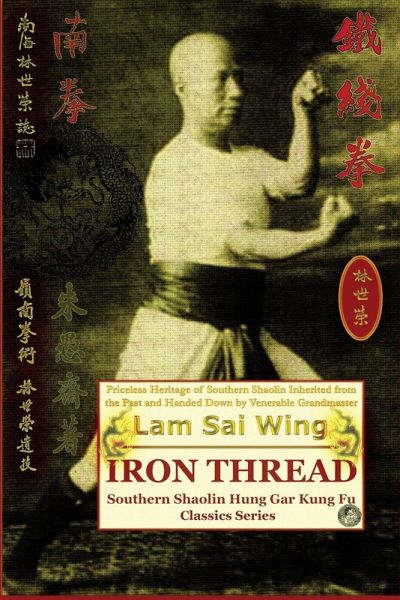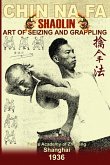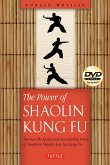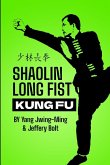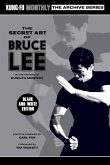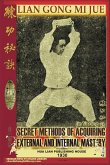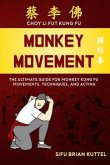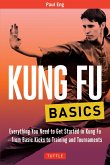Andere Kunden interessierten sich auch für
Produktdetails
- Verlag: Shaolin Kung Fu Online Library
- Seitenzahl: 188
- Erscheinungstermin: 15. Dezember 2008
- Englisch
- Abmessung: 229mm x 152mm x 11mm
- Gewicht: 259g
- ISBN-13: 9798991963374
- Artikelnr.: 73349277
Hinweis: Dieser Artikel kann nur an eine deutsche Lieferadresse ausgeliefert werden.
- Libri GmbH
- Europaallee 1
- 36244 Bad Hersfeld
- gpsr@libri.de
Lam Sai Wing (An article from ZHONG GUO WU SHU ZEN MING CI DIAN - Dictionary "Well-known Masters of the Chinese Martial Arts" edited by Chang Cang and Zhou Li Chang) . Lam Sai Wing (1861 - 1943) was born in the district of Nan Hai, Guangdong province. Followed the customs of ancestors and learnt the tradition of Martial Arts in his family, proceeded to learn from tutors Lam Fook Sing, Wong Fei Hung, and Wu Gum Sin. Indulged in persistent training, achieved great mastership in the Martial Arts. Founded Wu Ben Tang ("The Hall of Fundamental Study") in Guangzhou (Canton) where he taught the Martial Arts. During his life brought up more than 10,000 followers. Toward the end of the Qing dynasty (1644 - 1911) gained the first place at large competitions that took place at the Dongjiao ground. Thanks to it, with great pleasure, Lam Sai Wing received a silver medal handed to him by Dr. Sun Yat-Sen himself as a token of the recognition of his great services and successes. In the years followed, taking images and characters of the Tiger and the Crane as a base, as well as techniques of Hung Gar Kuen and Fo Kuen styles, he founded a new school Fu Hok Seung Ying Kuen ("The Double Form of the Tiger and the Crane"). Lived in his old years in Hong Kong where he taught the Martial Arts together with his favorite disciples Juy Yu Jaai, Jeung Sai Biu, Lei Sai Fai, and others. Wrote books: GUNG GEE FOOK FU KUEN ("Taming the Tiger"), TID SIN KUEN ("Iron Thread Fist"), and FU HOK SEUNG YING KUEN ("The Double Form of the Tiger and the Crane"). Marked a new epoch and a new school of Chinese Martial Arts, in particular in the division of formal complexes Tao Lu. Fu Hok Seung Ying Kuen is practiced on a large scale both in China and abroad and the interest to it does not fall down. After the formation of the People's Republic of China (1949) this style was included into syllabuses of institutes and Wu Shu high-grade schools.

